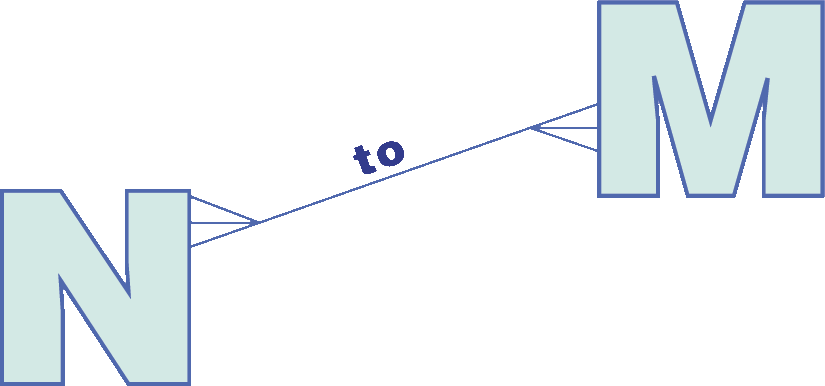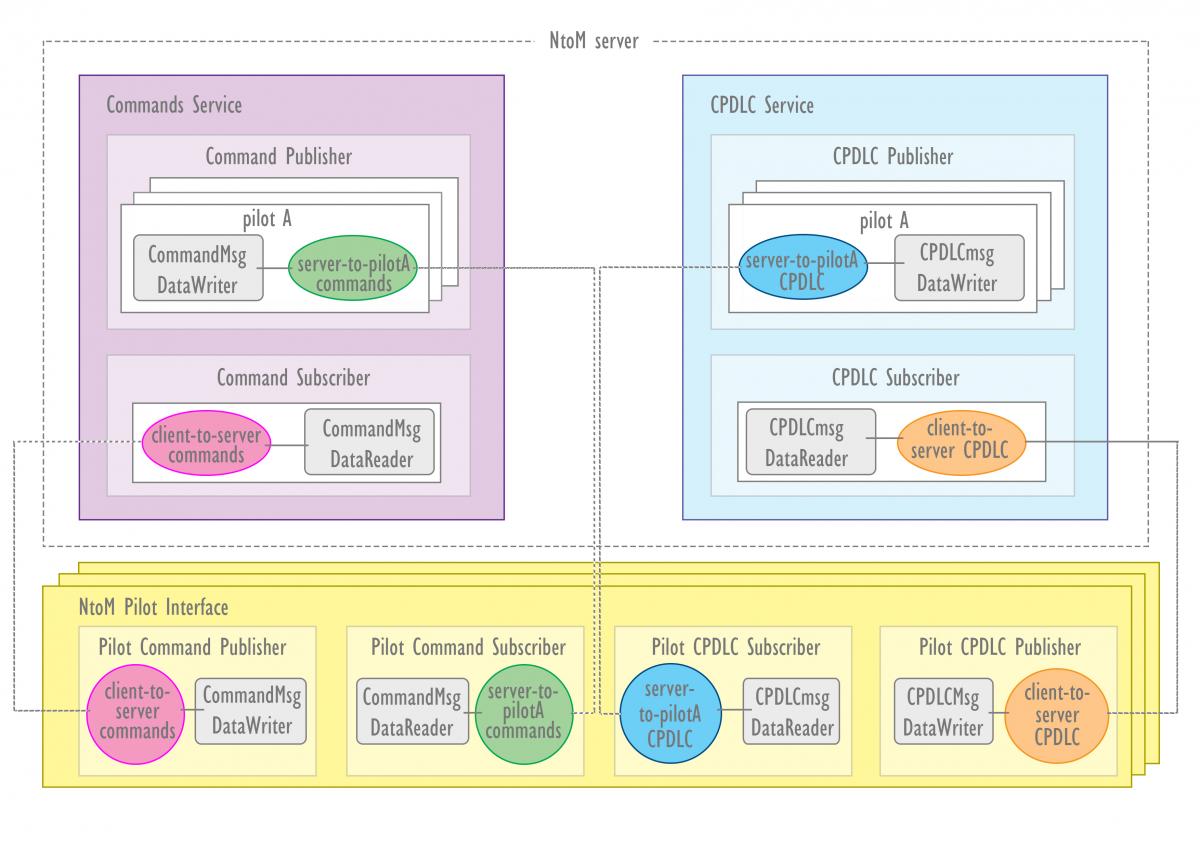UAV


NtoM is a concept of operations which pursues the feasibility, from a human factors perspective, of having a single pilot/aircrew controlling several remotely piloted aircraft systems (RPAS) at once in non-segregated airspace. To meet such feasibility, this multitasking must be safe and not interfere with the job of the air traffic controllers due to delays or errors associated with parallel piloting. To that end, a set of measures at several levels are suggested. A prototype of the system orchestrating the enviroment described by the ConOps was implemented to illustrate the potential of the concept. The connectivity between the clients for pilots and controllers and the server was done using RTI Connext DDS, which is particularly interesting in the case of the RPAS to simulate different scenarios of Quality of Service of the link. |  |

The main objective of PLANET project is the design, development and validation of an integrated platform to enable the deployment, operation and maintenance of large-scale/complex systems of heterogeneous networked Cooperating Objects, including Wireless Sensor and Actuator Networks and mobile objects. The platform supports optimal and adaptive deployment and operation by means of mobile cooperating objects, i.e. vehicles, networked with static nodes. The platform is validated in two complementary scenarios: the monitoring of the Doñana Biological Reserve with very high ecological value and very sensitive to the impact of pollution, and the highly automated airfield scenario in which security plays an important role and where wireless communication and cooperative techniques pose significant challenges.
PLANET addresses the design methodology and development of the platform as well as the algorithms required to support the deployment and maintenance of heterogeneous systems with mobile and static nodes.
We use RTI DDS as the middleware for the communication between heterogeneous Cooperating Objects, such as UAVs, UGVs and ground sensor networks. Upon RTI DDS we build a set of PLANET services to ease the deployment, operation and maintenance of heterogeneous networked Cooperating Objects.
For more information of the Project PLANET, you are welcome to visit the website: http://www.planet-ict.eu/

